PPT-Essential Skills for Managers
Author : queenie | Published Date : 2024-03-13
Day 1 You and your team Domestic arrangements 2 Introduce and help you apply common but often takenforgranted management skills Day 1 will cover key principles
Presentation Embed Code
Download Presentation
Download Presentation The PPT/PDF document "Essential Skills for Managers" is the property of its rightful owner. Permission is granted to download and print the materials on this website for personal, non-commercial use only, and to display it on your personal computer provided you do not modify the materials and that you retain all copyright notices contained in the materials. By downloading content from our website, you accept the terms of this agreement.
Essential Skills for Managers: Transcript
Download Rules Of Document
"Essential Skills for Managers"The content belongs to its owner. You may download and print it for personal use, without modification, and keep all copyright notices. By downloading, you agree to these terms.
Related Documents

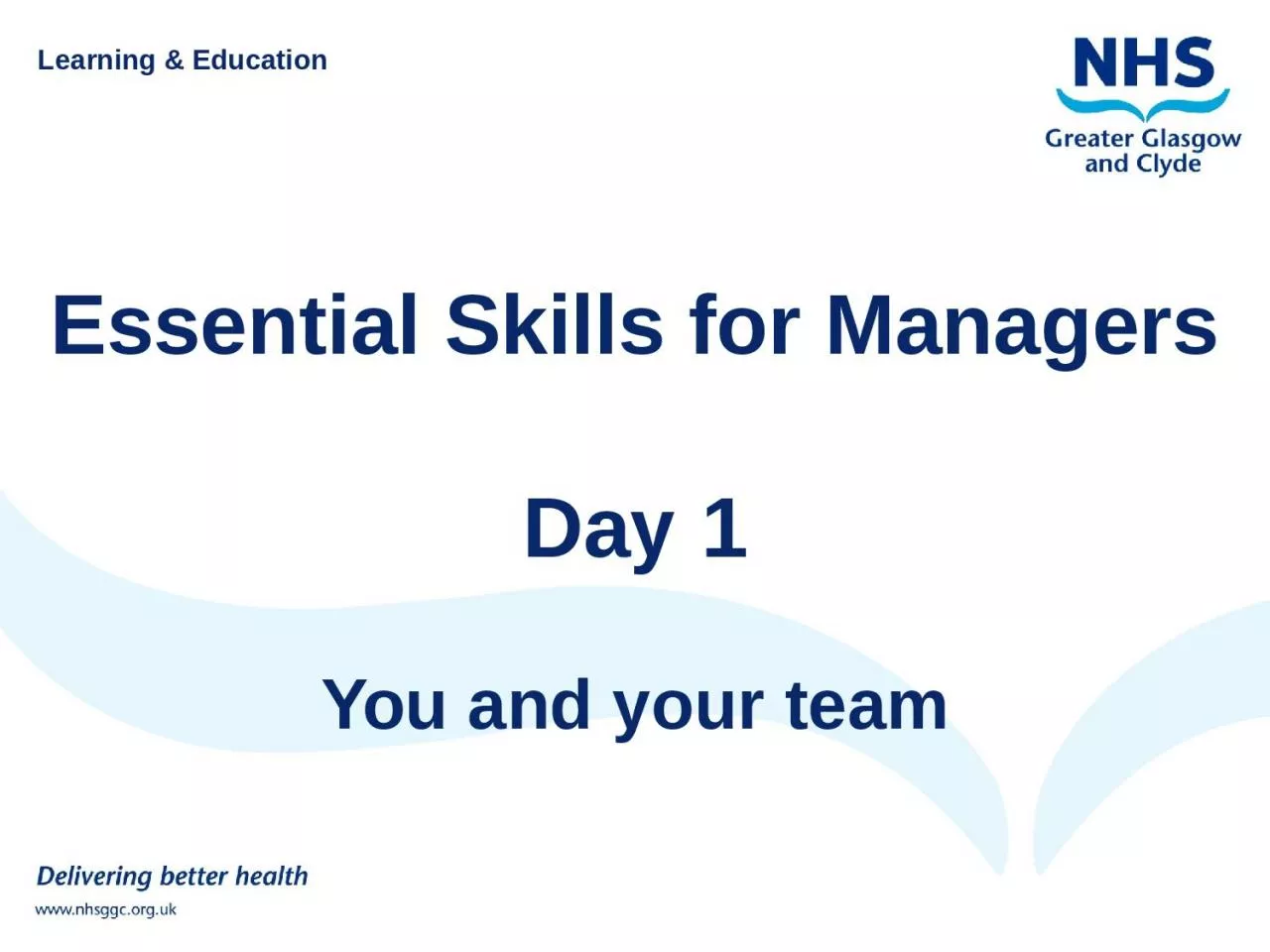
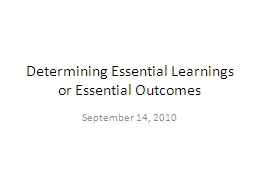
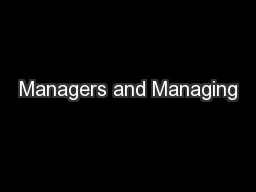

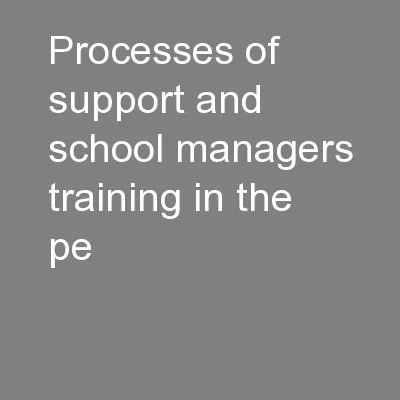
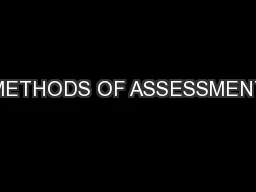
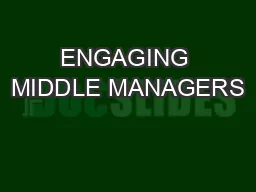




![[EPUB] - Mastering Essential Math Skills Problem Solving (Mastering Essential Math Skills):](https://thumbs.docslides.com/901218/epub-mastering-essential-math-skills-problem-solving-mastering-essential-math-skills-mastering-essential-math-skills-20-min.jpg)
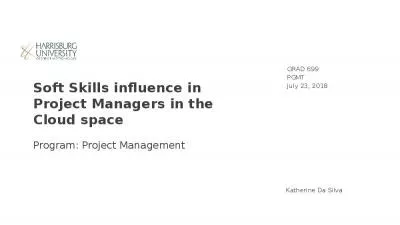
![[Notes for managers]](https://thumbs.docslides.com/1067657/notes-for-managers.jpg)